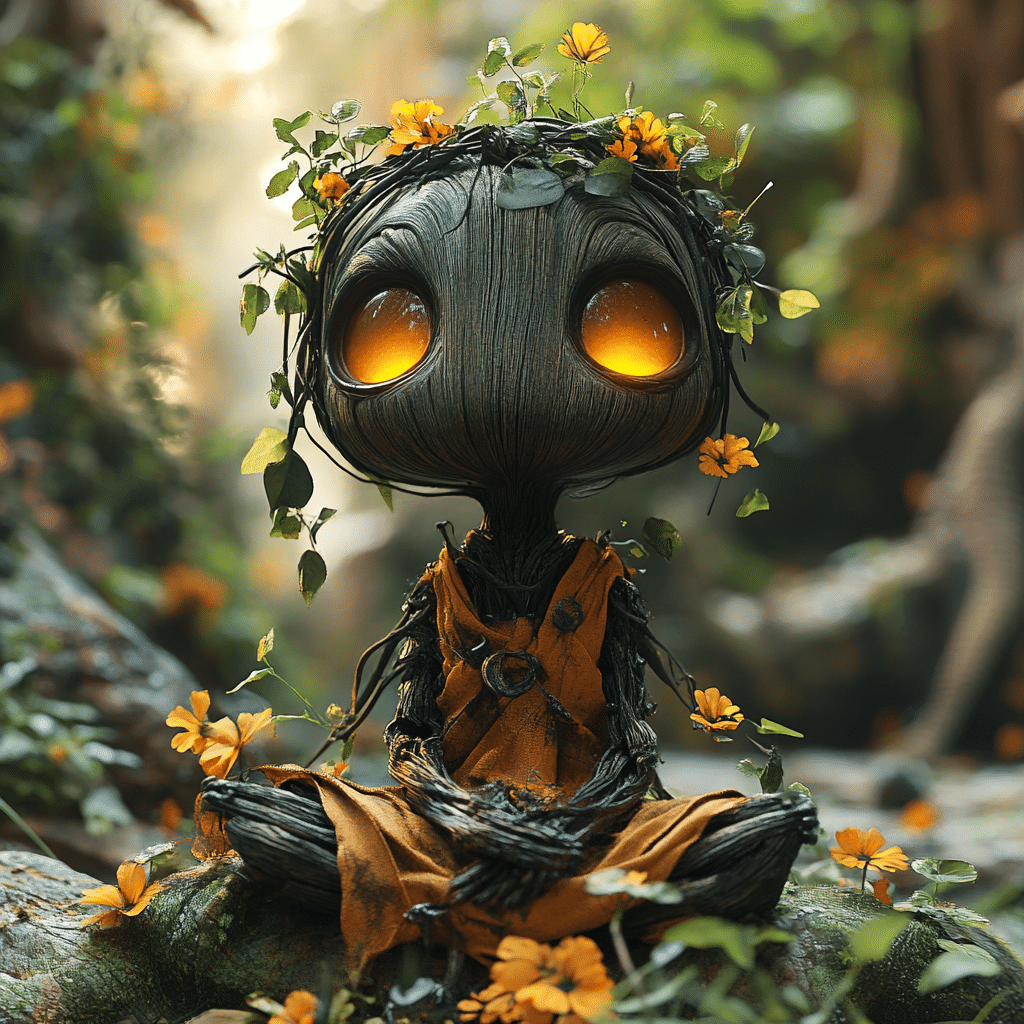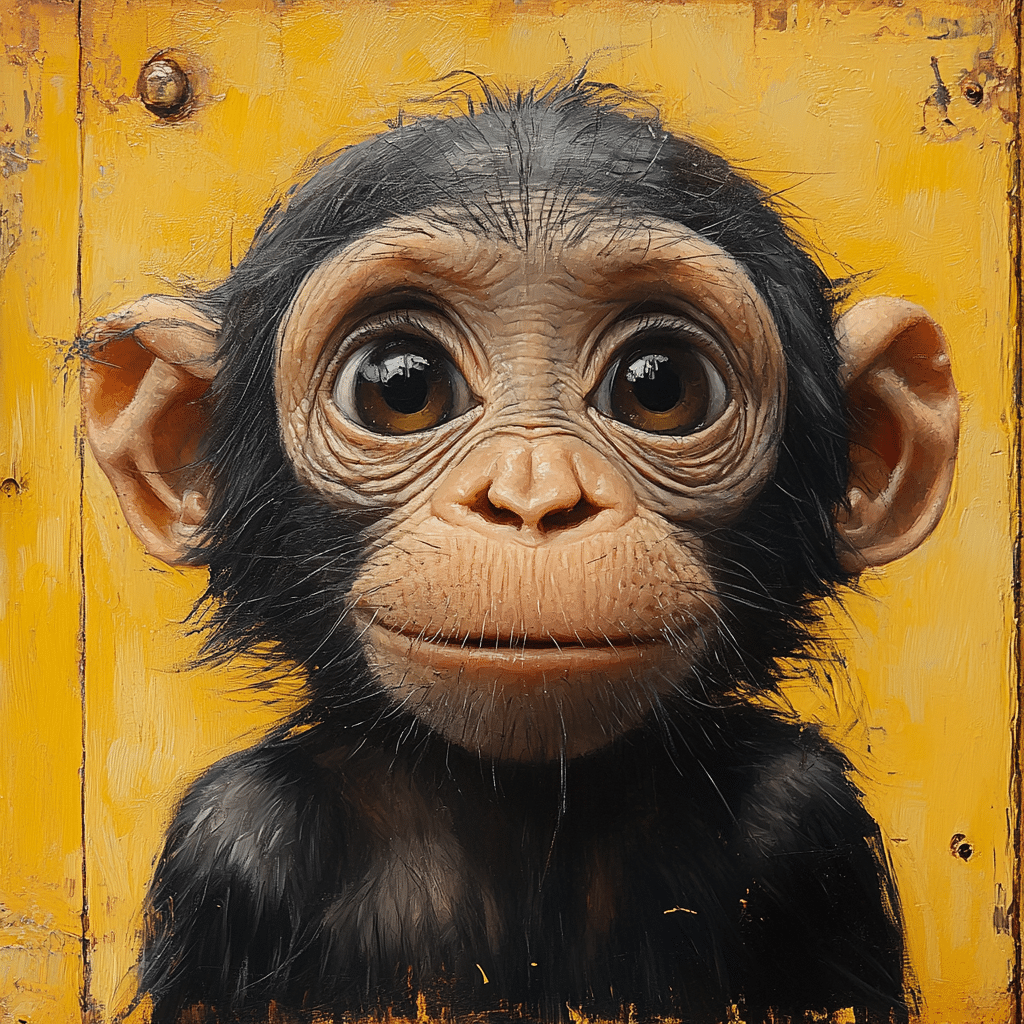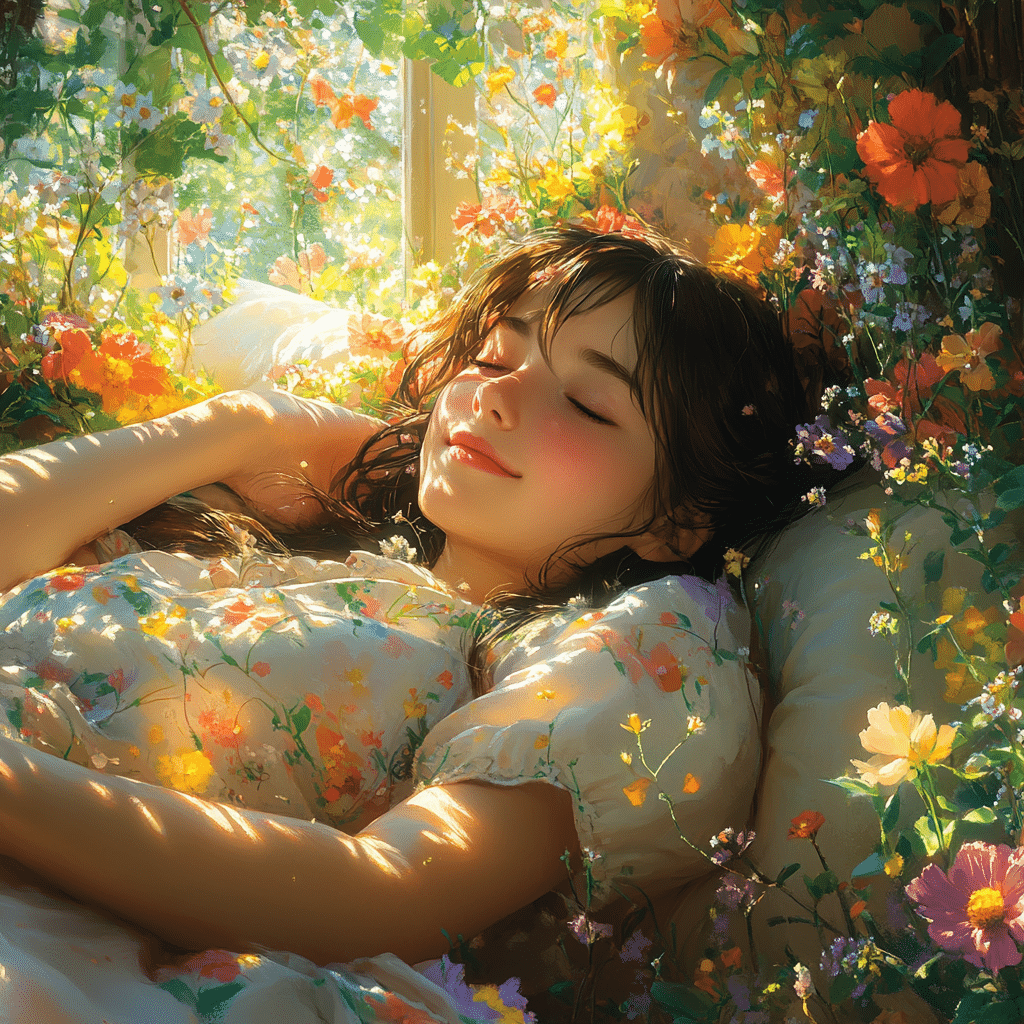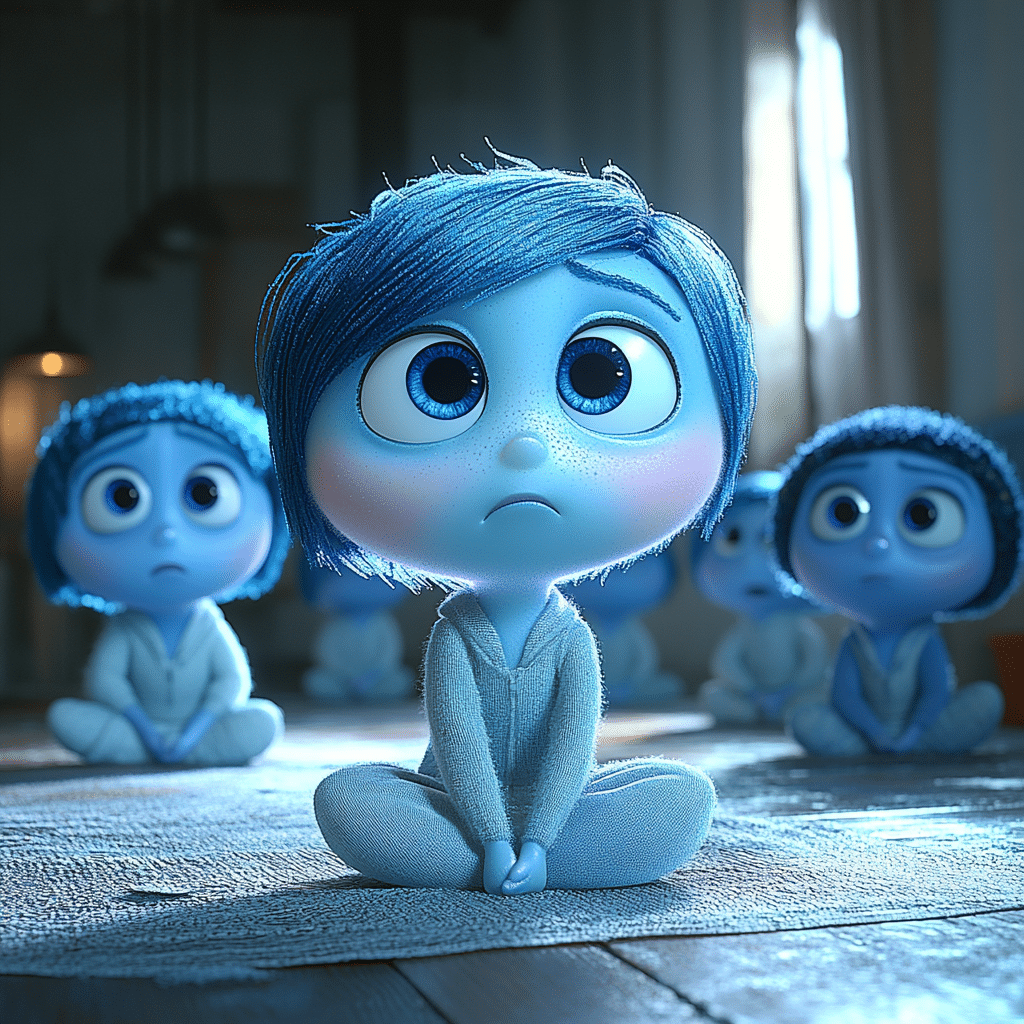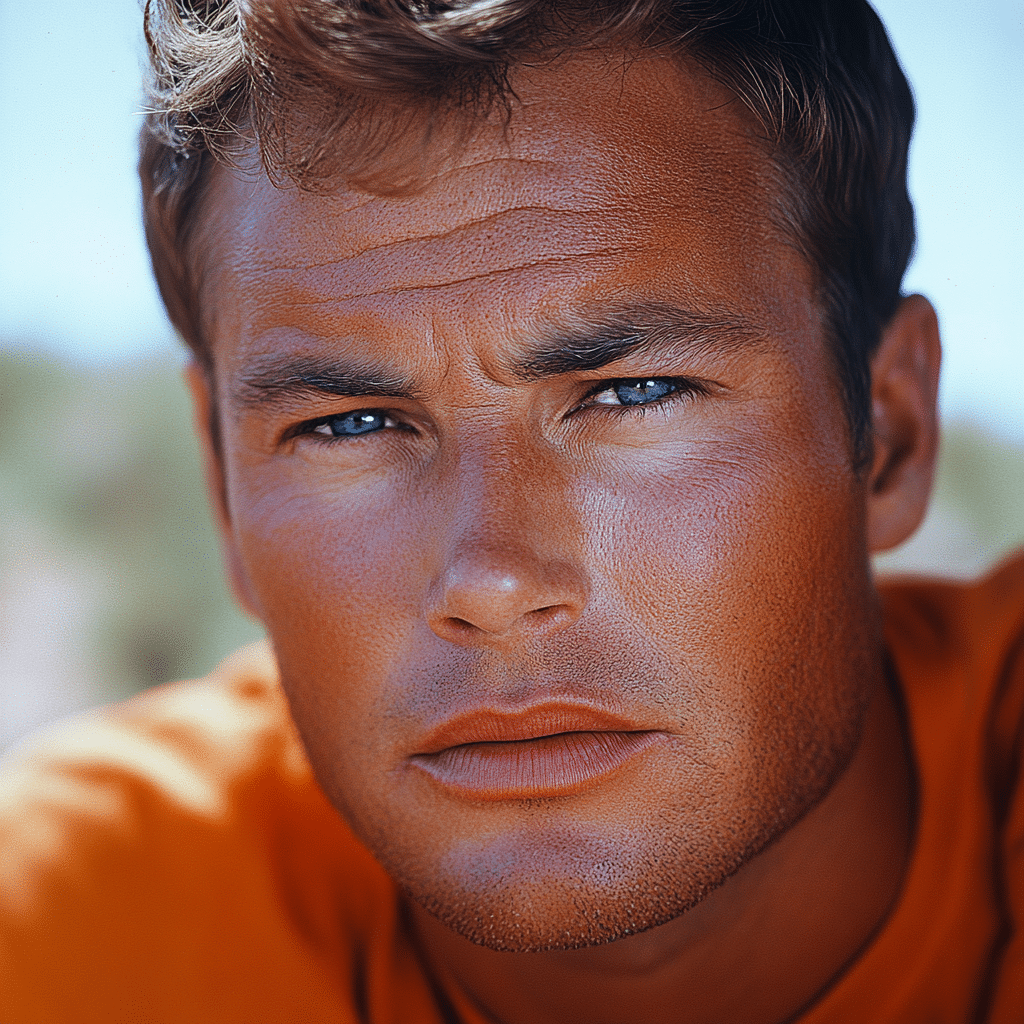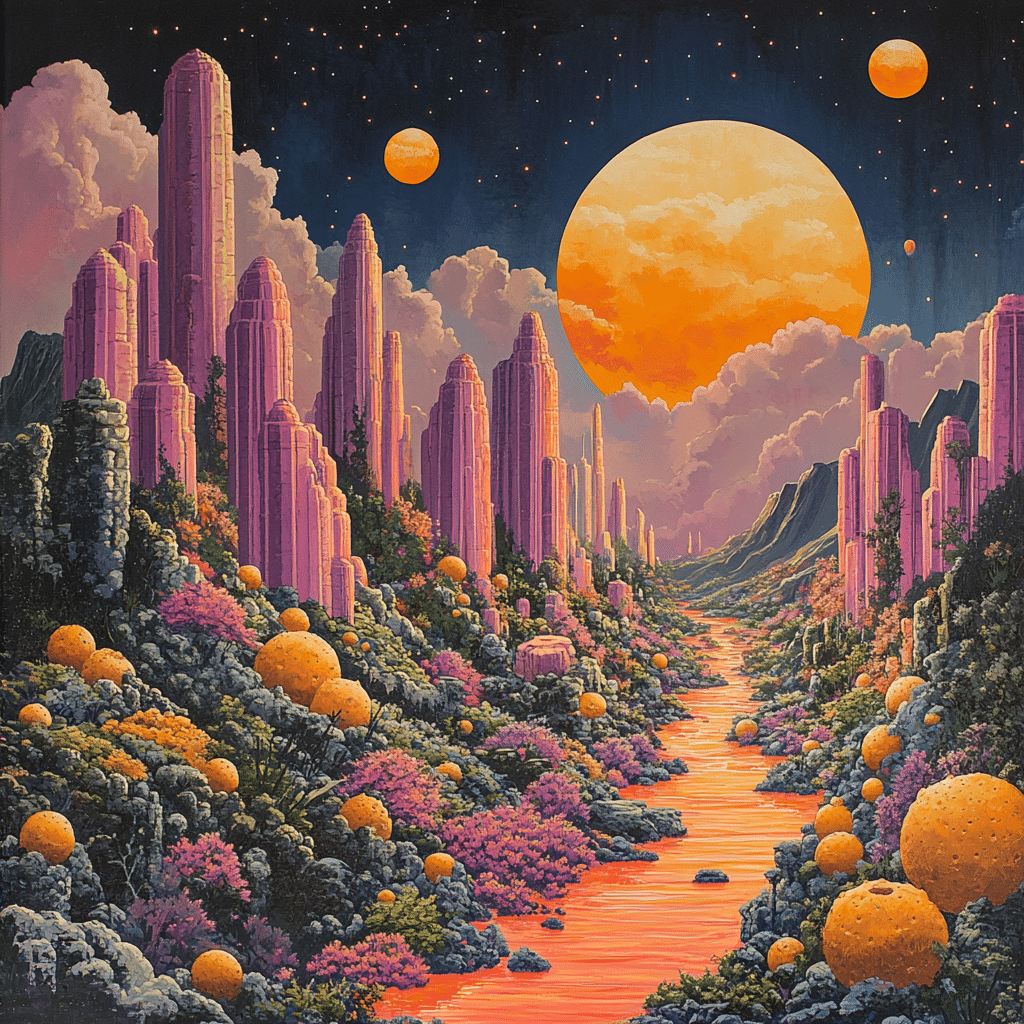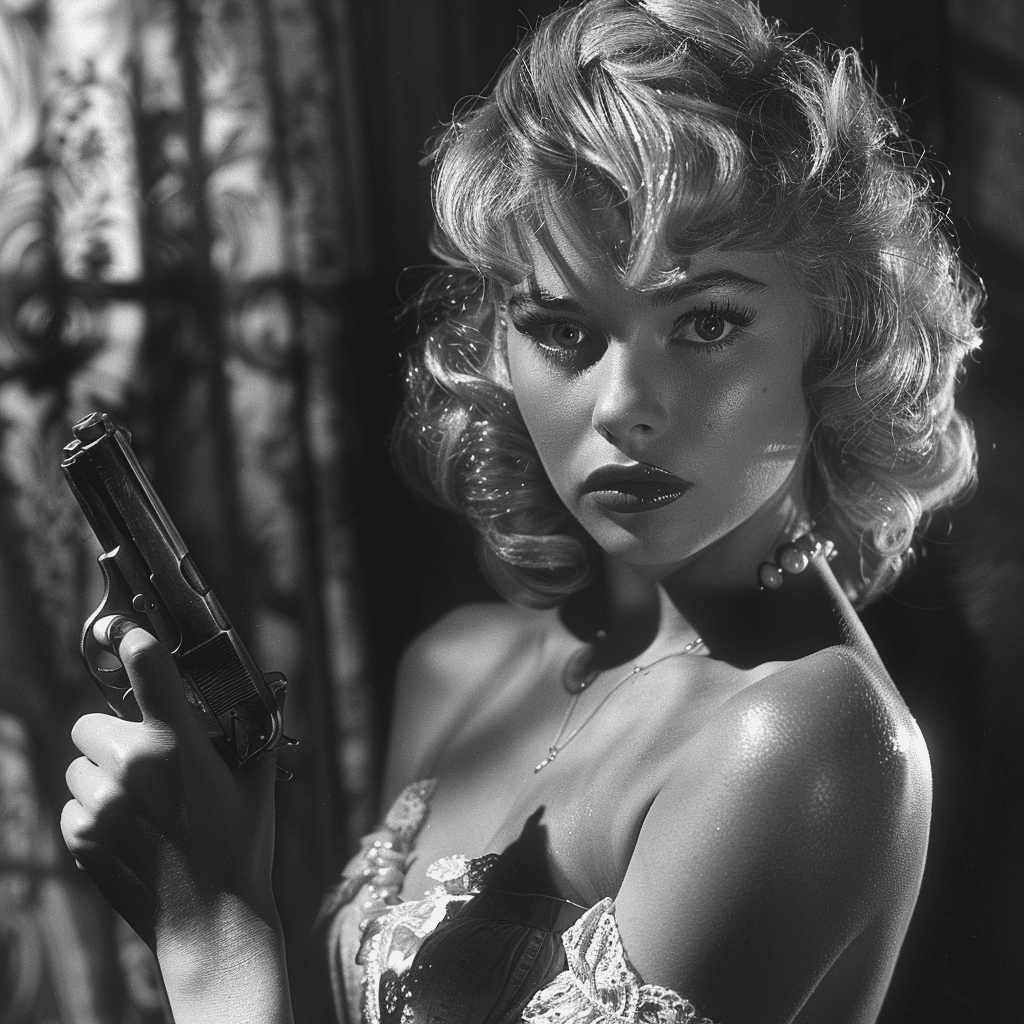When it comes to the golden age of cinema, few places shine as brightly as Old Tucson Studios. Nestled just outside Tucson, Arizona, this historic filming location has been a cherished part of American film history since 1939, when it was constructed for the movie “Arizona” (1940). With its sweeping desert landscapes that echo the rugged wilderness of the Old West, Old Tucson Studios has become synonymous with the quintessential Western genre. For generations, this iconic site has captured the imaginations of filmmakers and movie-goers alike, making it a storied oasis in the expansive landscape of Hollywood.
Throughout its rich history, Old Tucson Studios has hosted a plethora of productions that not only define the Western genre but also encapsulate a distinctly American narrative. Movies like “Rio Bravo” featuring John Wayne and “The Three Amigos” with Steve Martin grace the list of iconic films shot within these dusty streets. The studio’s dedication to preserving its Western allure while accommodating the demands of modern filmmaking reflects the timeless nature of these narratives. Old Tucson is not just a place; it’s a living tribute to a genre that has become a significant part of American culture, paving the way for new stories to flourish.
As we delve into the legacy of Old Tucson Studios, it becomes evident that this location transcends decades, standing not just as a relic of the past but as a beacon for the future of storytelling. Many filmmakers continue to return to its familiar sets, blending nostalgia with contemporary visions. The studio thrives by showcasing the allure of Westerns while embracing the nuances of evolving narratives—a combination that ensures its integral place in the cinematic fabric of American history.
Top 7 Iconic Films Shot at Old Tucson Studios
Old Tucson Studios boasts a rich filmography that includes many beloved classics. Here’s a look at seven iconic films that brought the Wild West to life, showcasing the versatility of this legendary oasis.
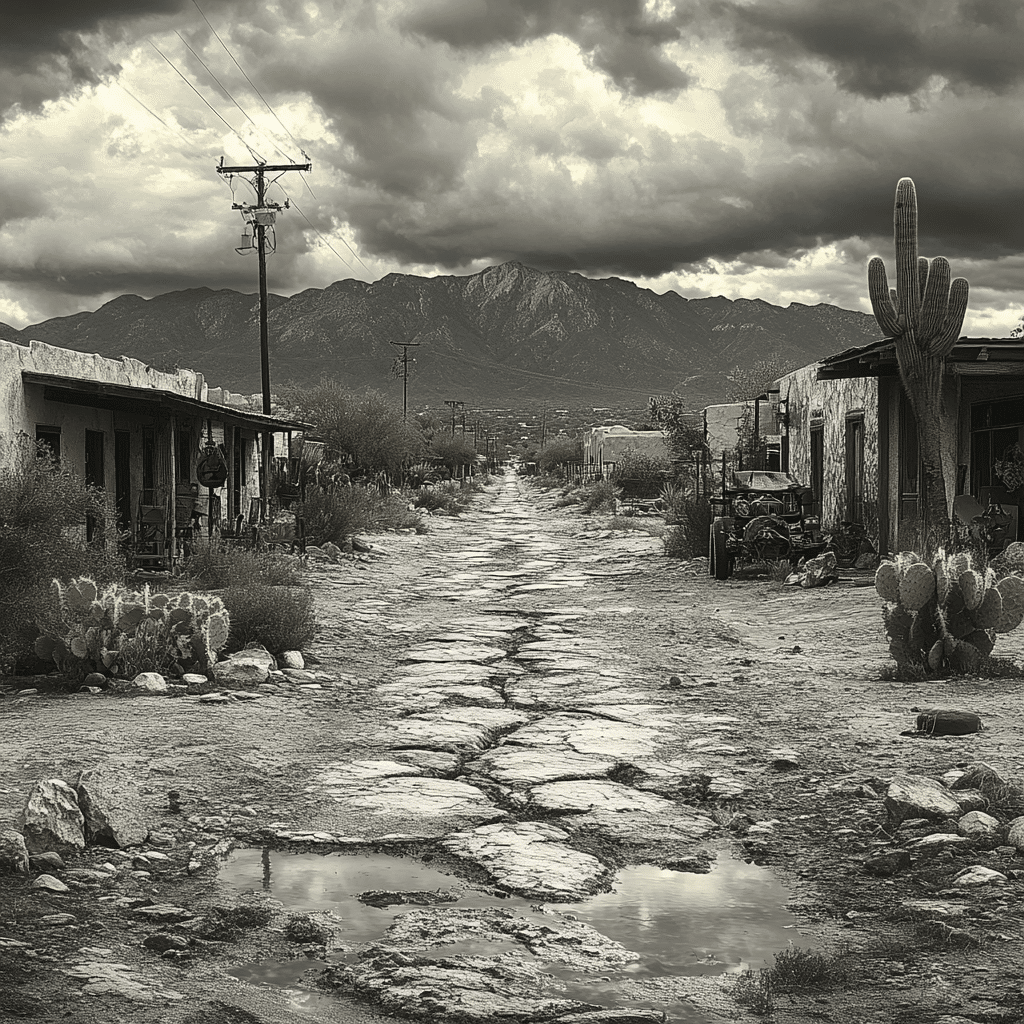
A Journey Through Old Tucson Studios: The Kings Highway Experience
Visiting Old Tucson Studios is not just about watching films; it’s a transitory journey akin to traversing the Kings Highway. This historic route represents cultural and historical significance, much like the narratives entwined in the studio’s legacy. Guided tours, often branded as “Hollywood in the Desert,” tour the grounds and recount the rich stories behind enchanting productions. Daily historical tours take place at 10:15 am, 11:30 am, 1:00 pm, and 2:30 pm, inviting visitors to step into a living museum.
The immersive experience at Old Tucson resembles an intricate tapestry woven with tales of the Wild West. As you stroll through its streets, you’ll encounter an array of buildings, each serving as a set, museum, or shop filled with memorable memorabilia. This lively environment is not just for show; it breathes life into history, drawing a connection between the past and the present. Engaging with these elements allows both enthusiasts and casual visitors to revel in the nostalgia that Old Tucson Studios embodies.
Remember, this oasis of film is crafted for storytelling, not just in watching, but in participation. Live shows and reenactments fill the air with the sounds of gunfire and laughter, allowing guests to experience the thrill of the Wild West firsthand. The charm and vibrancy of Old Tucson create a gateway to the past, making it a must-see destination for anyone captivated by cinema.
Beyond the Silver Screen: The Influence of Old Tucson on Modern Pop Culture
Old Tucson Studios’s influence stretches far beyond the silver screen. Its nostalgic essence continues to inspire various facets of popular culture, including the resurgence of Western-themed video games. One notable example is “Red Dead Redemption,” a popular series that takes players on an immersive journey through a beautifully rendered Old West. Here, players encounter landscapes reminiscent of Old Tucson, capturing the spirit of adventure that defines the historic studio.
This influence showcases how the narratives originating from Old Tucson Studios can capture the hearts of a new generation. These stories not only evoke memories but also invite fans to participate in a digital cowboy adventure that echoes the values and themes prevalent in classic Westerns. The interplay between traditional storytelling and modern technology is a testament to the timeless allure of the Wild West, with Old Tucson serving as a key inspiration for artists and creators.
The connection doesn’t stop there. Several artists, writers, and creators reference Old Tucson Studios in their work, further solidifying its iconic status in pop culture. Even the art of play finds its roots in this cinematic oasis, with toys like Tonka trucks—vehicles that embody adventure—echoing the pioneering spirits depicted in classic Westerns. Much like the films that shape our collective nostalgia, these toys inspire imaginative exploration, continuing to bridge the gap between generations.
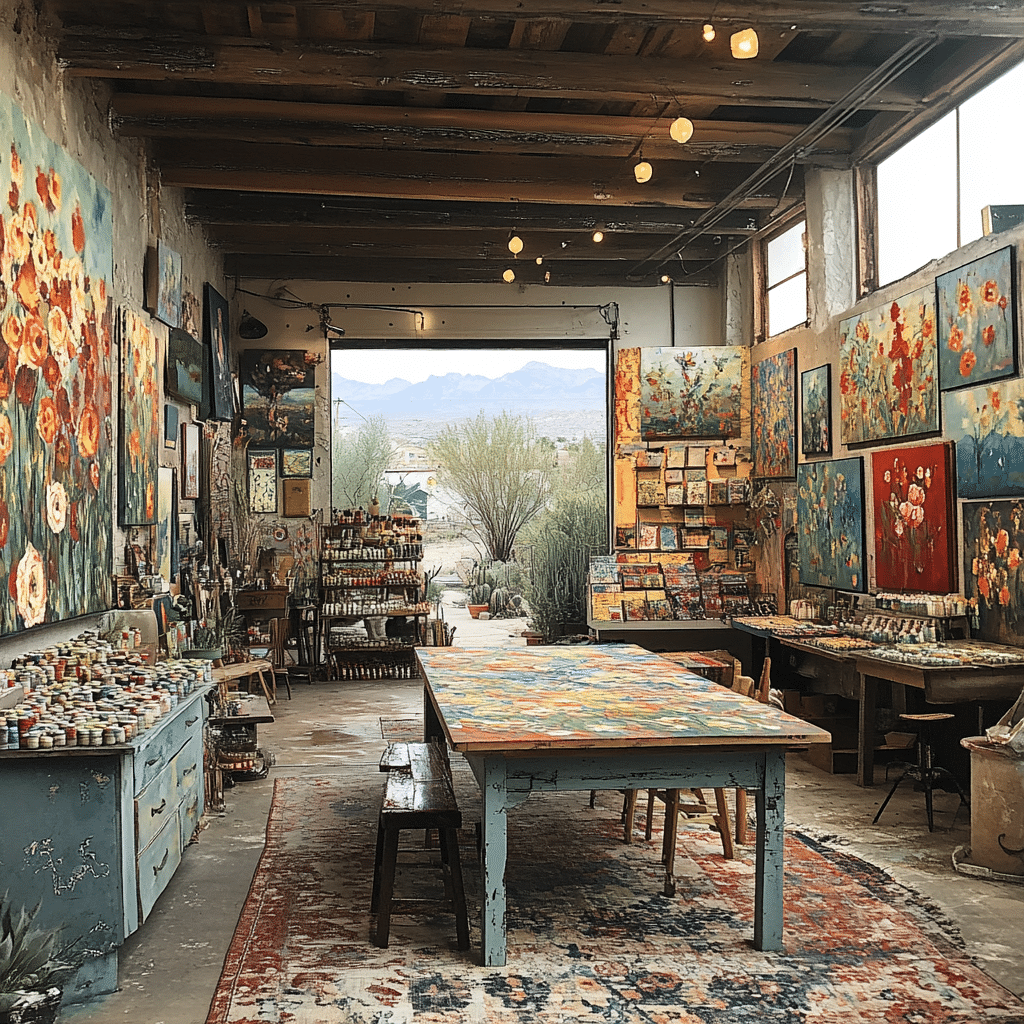
Slab City California: The Unconventional Parallel to Old Tucson Studios
In stark contrast to Old Tucson Studios sits Slab City, California. Known as an off-grid community, Slab City represents a different kind of ‘oasis’—one forged in creative freedom and survival. While Old Tucson represents the glamorous, scripted narratives of Hollywood, Slab City thrives on authenticity and a divergence from norms. It is a place where artists, dreamers, and explorers gather to carve out their own realities amid a rugged landscape.
The artistic expressions found in Slab City, including famous landmarks like Salvation Mountain crafted by artist Leonard Knight, mirror the thematic freedom often celebrated at Old Tucson. In both places, visions take shape amidst the backdrop of sweeping desert views, but while Old Tucson celebrates cinematic heritage, Slab City epitomizes a departure from mainstream conventions. Together, they illustrate diverse perspectives of American culture—Old Tucson as a symphonic homage to film and Slab City as a genuine canvas of everyday life.
Both locations challenge our perceptions and push the boundaries of artistry. Whether it’s the resounding echoes of gunfire in Old Tucson Studios or the colorful murals of Slab City, they provide contrasting yet equally powerful reflections of the human experience. They invite us to appreciate the richness found within stories—the polished narratives seen on screen and the raw expressions of life lived off the grid.
The Legacy of Tonka Trucks: Influences from Old Tucson Studios
Old Tucson Studios’ legacy extends beyond the cinematic world and into the hearts of children everywhere. The iconic Tonka trucks, sturdy vehicles that symbolize childhood adventure, serve as a reminder of the spirit of exploration evident in the film narratives birthed from the studio. For many children’s playtime, these toys reflect a bond with the pioneer spirit showcased in classic Westerns.
Whether kids are reenacting scenes with their Tonka trucks or creating their own Wild West tales, they keep the spirit of the Old Tucson myth alive. The imaginative play not only deepens the understanding of the Western genre but also shapes memories that may inspire future filmmakers. Just as Old Tucson has provided them an impactful glimpse of the Wild West, these toys create a tangible connection for children to learn and explore.
As Old Tucson Studios embraces a new era, it continues to influence generations through story and play alike. The intersection of childhood memories with cinematic history unveils a rich tapestry of inspiration, ensuring that the legacy of the Old West is firmly rooted in our culture. The enchanting world of Old Tucson, far from a bygone relic, remains a relevant, pulsating reminder of storytelling’s power—both on screen and in the hearts and minds of those who journey through its gates.
In the end, Old Tucson Studios stands tall as a testament to the allure of the Wild West, bridging generations with stories that allow us to dream, explore, and create. This iconic filming location continues to capture the imagination of fans and filmmakers alike, proving that the spirit of the West lives on, echoing through time and across media. Whether you’re a film aficionado or just curious about the tales that shaped much of American cinema, Old Tucson is a must-visit destination—a true treasure in the heart of the desert.
Old Tucson Studios: A Historic Western Film Oasis
A Film Lover’s Playground
Old Tucson Studios isn’t just any film set; it’s a time capsule that transports visitors back to the Wild West. Established in 1939, this iconic studio has become synonymous with over 300 classic films and television shows, including the beloved Bonanza and Tombstone. One little-known fact? The studio was originally built as a movie set for the 1940 film Arizona and has since taken on a life of its own. The thriving hustle and bustle of Old Tucson Studios can quickly remind one of the fascinating Dungeon Meshi Characters, bringing a unique blend of stories and experiences to life in an imaginative setting.
Iconic Locations and Star Power
You might be surprised to discover that this picturesque locale has also attracted A-list celebrities over the years. Among them is the famed director, John Ford, who shot several films there, making the landscape a focal point of cinematic history. In addition to its charm and filmography, Old Tucson Studios frequently serves as a backdrop for various events and gatherings, similar to how some luxury hotels in Houston play host to lavish weddings and upscale functions. This versatility keeps the spirit of the Old West alive, blending entertainment and history in a way that appeals to everyone.
Events and Attractions Galore
For those planning a visit, beware! You’re in for a treat with the myriad of live shows and cowboy stunt performances taking place regularly. The exhilarating reenactments can put you on the edge of your seat, and if you’re a football fan, you might just want to check out where to watch the New England Patriots vs. Bengals afterward, ensuring your day is packed with excitement. Plus, the studios host various themed events throughout the year, promising to keep both families and film buffs coming back for more of that genuine Western spirit.
Old Tucson Studios continues to be a beloved destination, leaving visitors with memories that live on long after they leave. So, whether you’re in search of a thrilling performance or simply keen on exploring its storied history, this captivating studio has something for everyone. With every corner filled with stories, it’s a place where legends live on.
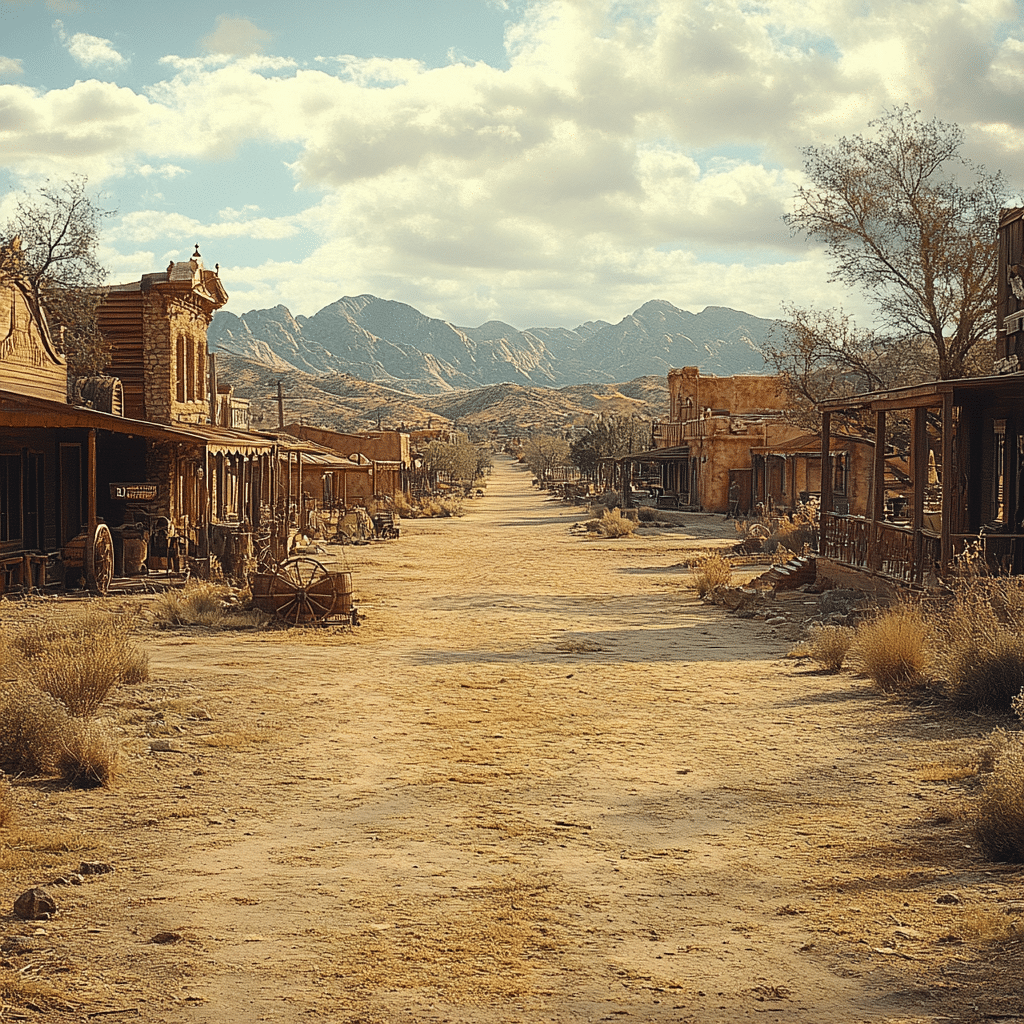
What was filmed at Old Tucson Studios?
Old Tucson Studios has been the backdrop for many films and TV shows, including classics like Arizona, Gunfight at the O.K. Corral, Rio Bravo, El Dorado, and the Little House on the Prairie series. It even featured in the comedy Three Amigos!
Can you still walk around Old Tucson?
You can still walk around Old Tucson! They offer daily historical tours where you can explore the classic movie set and hear all about its fascinating history.
How much does it cost to get into Old Tucson Studios?
General admission for “A Western Experience” at Old Tucson is $34 for adults and $17 for kids ages 5 to 11, while little ones aged 4 and under can hang out for free. Be sure to keep an eye on the website for any changes during summer and holiday events.
Why did Old Tucson close down?
Old Tucson had to shut down due to ongoing COVID-19 restrictions, which limited attendance so much that they could no longer operate.
Was Wyatt Earp filmed at Old Tucson?
No, Wyatt Earp wasn’t filmed at Old Tucson; that story took place in different locations. However, lots of other westerns made their mark there!
Was Gunsmoke filmed at Old Tucson?
Gunsmoke was filmed at Old Tucson, adding to its reputation as a favorite spot for westerns over the years.
Is Tucson the oldest city in America?
No, Tucson’s not the oldest city in America; that’s a title usually claimed by cities like St. Augustine, Florida, and Santa Fe, New Mexico.
Is it safe to walk in downtown Tucson?
Downtown Tucson is generally safe to walk around, especially during the day. Like any city, it’s smart to stay aware of your surroundings, especially at night.
What is the curfew in Tucson?
Tucson doesn’t have a strict curfew for residents, but it’s always a good idea to check local guidelines, especially around events or circumstances that might change typical hours.
How many westerns were filmed in Old Tucson?
So many westerns were filmed at Old Tucson that it’s hard to pin an exact number, but it’s definitely in the dozens, thanks to its iconic sets and scenery.
What is the most expensive place in Tucson?
The most expensive place in Tucson is often considered to be the Catalina Foothills, where luxury homes and stunning views can really hit the wallet.
What does Old Tucson have?
Old Tucson offers a unique experience with its old-time movie sets, historical tours, and a rich legacy in Hollywood’s westerns.
Why is Tucson a dark city?
Tucson’s designation as a “dark city” comes from its commitment to preserving the night sky for astronomy and reducing light pollution, making it a great spot for stargazers.
What mountain is behind Old Tucson?
Yes, Rio Bravo was indeed filmed at Old Tucson, helping to enhance its reputation as a top filming location for Westerns.

